Industry information
Company News
- Carved aluminum veneer: a perfect blend of classical and modern elements
- Aluminum veneer design, the "clothing" of fashionable architecture
- Aluminum veneer with wrapped columns: a fashionable choice for modern architecture
- Aluminum veneer: the "light luxury" choice for modern architecture
- Aluminum veneer customization, creating an artistic journey of exclusive space
Industry dynamics
- Inheriting craftsmanship, carving aluminum veneer to create modern architectural masterpieces
- Customized aluminum veneer shaped curtain wall solution
- Aluminum veneer with wrapped columns: the fashionable choice for modern architecture?
- Aluminum veneer design, a new chapter in architectural aesthetics
- The charm of aluminum veneer with columns: the new darling of modern architecture
Frequently asked questions
- What are the advantages of aluminum veneer material? What are the advantages compared to other materials?
- What are the advantages and characteristics of aluminum veneer?
- How to identify and evaluate the material of aluminum veneer?
- How to reduce the production cost and improve efficiency of aluminum veneer?
- What are the safety design and environmental performance of aluminum veneer curtain walls?
contact us
Mobile:+86 15627778610
Email: 2201229786
Address: No. 5 Binjiang Road, High tech Zone, Zhaoqing City, Guangdong Province
The advantages and characteristics of aluminum veneer and its application in architectural decoration
- Author: Jinba Aluminum Industry (Guangdong) Co., Ltd
- Release time: March 18, 2025 21:11:27
- Click:0

1、 Lightweighting
Aluminum veneer has lightweight characteristics. Compared to other decorative materials such as stone and glass, aluminum veneer is lighter in weight, making it widely used in building decoration. The weight advantage of aluminum veneer means that it can be installed in areas where many other materials cannot be used, such as high places in high-rise buildings. In architectural decoration, this lightweight feature can reduce structural loads, thereby reducing building costs and risks.
In addition, aluminum veneer is also very easy to handle and install. Its lightweight design not only saves time and labor costs, but also makes it easier for workers to handle, reducing potential hazards during transportation and installation.
In short, lightweighting is an important factor in the widespread application of aluminum veneer in architectural decoration.
2、 Corrosion resistance
Aluminum veneer also has excellent corrosion resistance. It can resist most common corrosion factors such as acid, alkali, water vapor, etc., which makes it suitable for use in any climate and environment. In cities, pollutants in the air can cause many hazards to building materials, including corrosion and color changes. The corrosion resistance of aluminum veneer can ensure its appearance and performance are maintained for a long time.
In addition, aluminum veneer can also be combined with other materials such as glass, stone, wood, etc. to create more personalized and aesthetically pleasing decorative effects.
Therefore, in architectural decoration, the corrosion resistance of aluminum veneer is another important advantageous characteristic.
3、 Plasticity
Aluminum veneer also has high plasticity. It can be easily cut, bent, drilled, and stamped to form various shapes and sizes, achieving a beautiful appearance in both flat and three-dimensional aspects. The advantage of this plasticity can meet the different needs of architects and homeowners, and can be flexibly applied to various architectural decoration designs.
Meanwhile, aluminum veneer can be coated to change its color and surface texture, meeting the decorative requirements of different buildings. In architectural decoration, plasticity is another important factor that has led to the widespread use of aluminum veneer.
4、 Environmentally friendly
Aluminum veneer also has environmentally friendly properties. Aluminum veneer can be recycled and produces less waste during production and installation, reducing its impact on the environment. Compared with other traditional building decoration materials such as stone and glass, the production and installation process of aluminum veneer can reduce energy consumption by 62% and greenhouse gas emissions by 65%.
In addition, aluminum veneer can be fully recycled, which means that it can become a raw material for other products after its lifecycle ends. This environmental characteristic greatly reduces the demand for natural resources and promotes the goal of sustainable development.
In short, the application of aluminum veneer in architectural decoration can not only meet the design needs of architects, but also reduce the cost and risk of buildings. At the same time, relying on its advantages of lightweight, corrosion resistance, plasticity, and environmental protection, it has made contributions to the sustainable development of the construction industry.

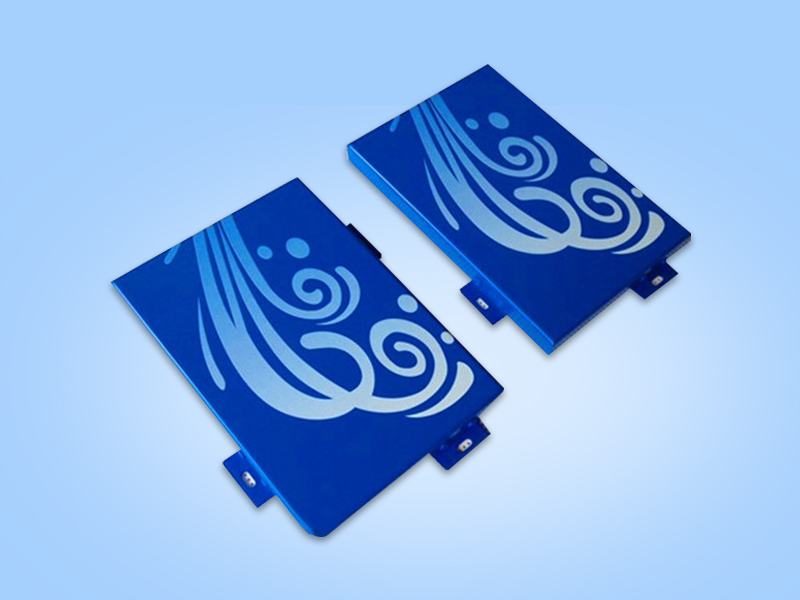
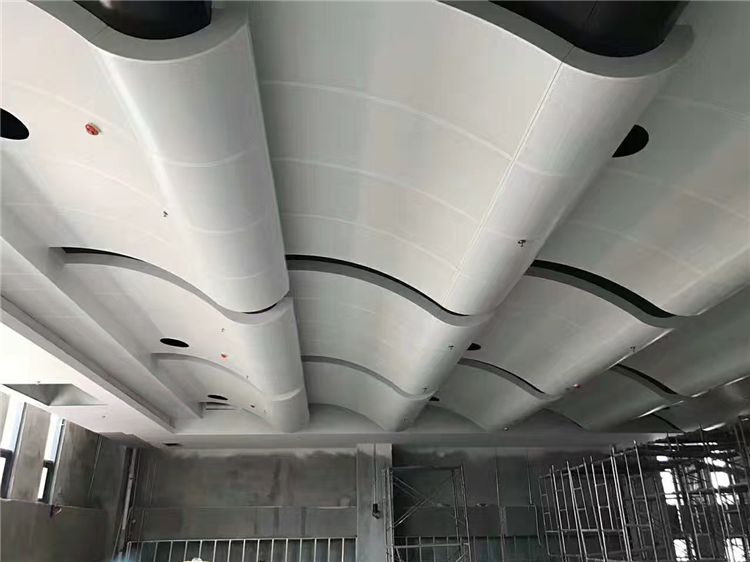
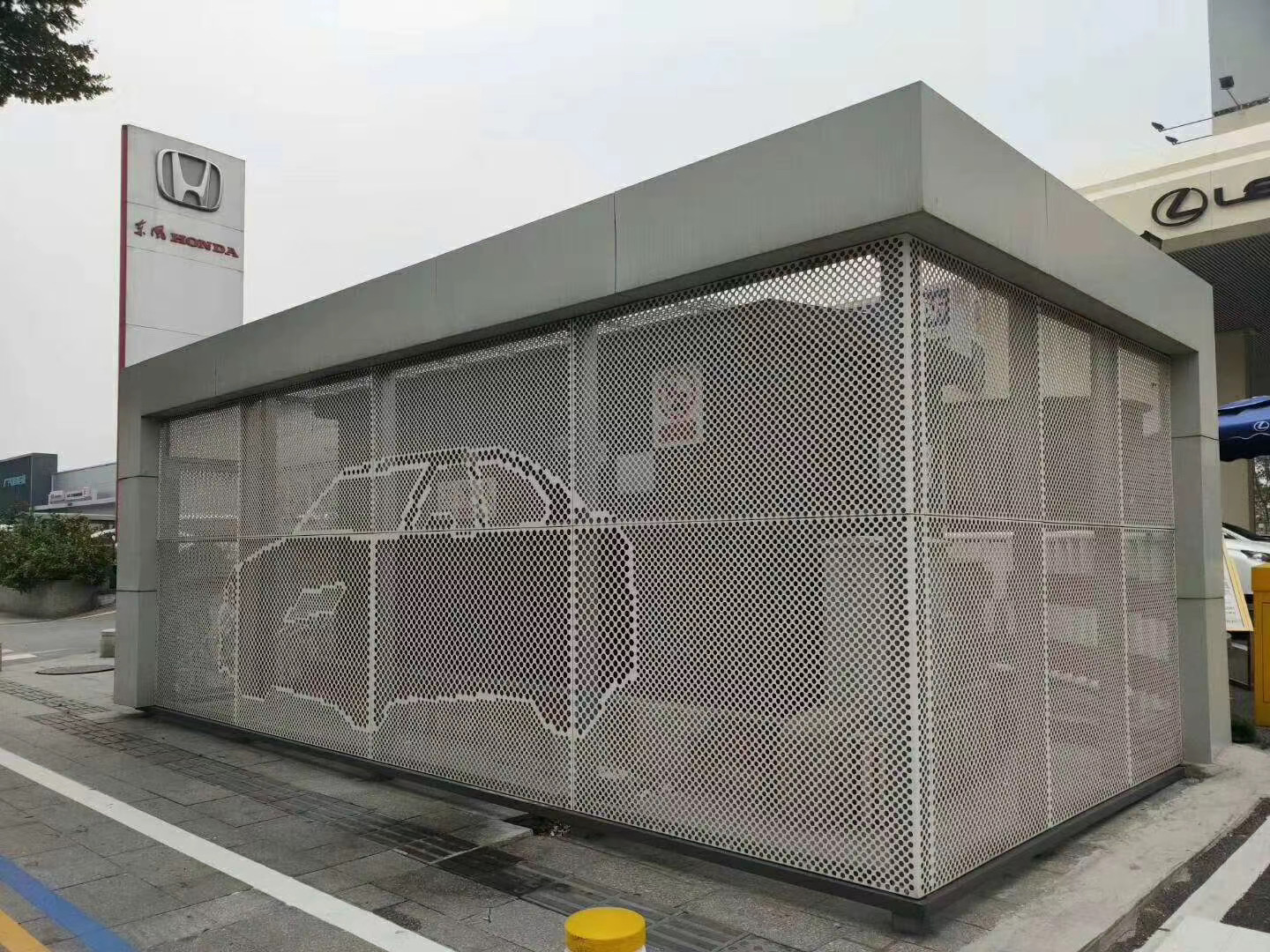
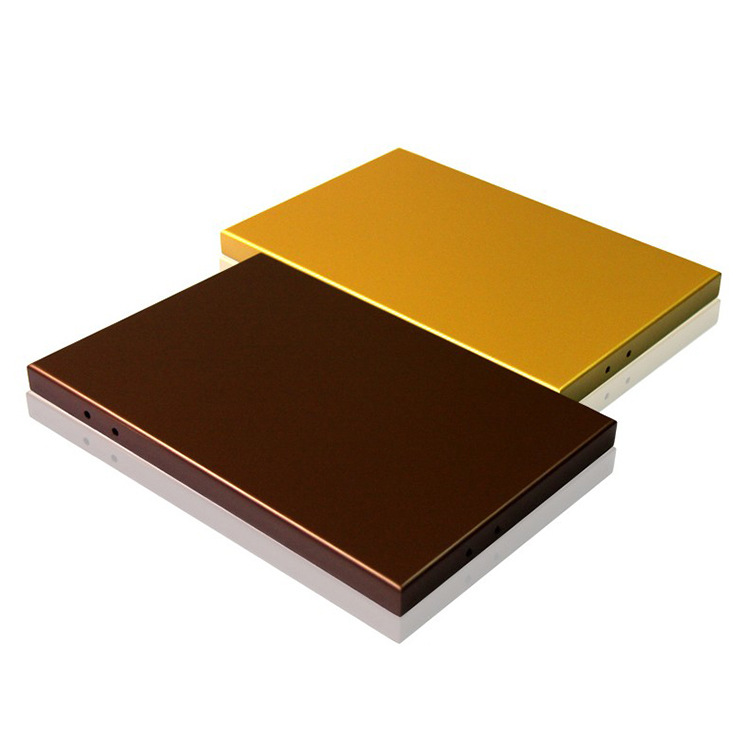
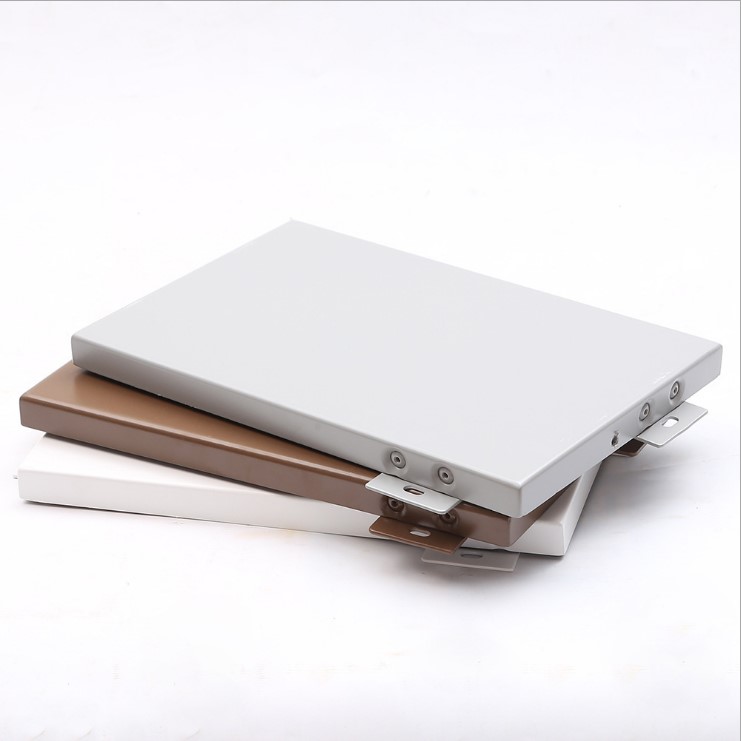
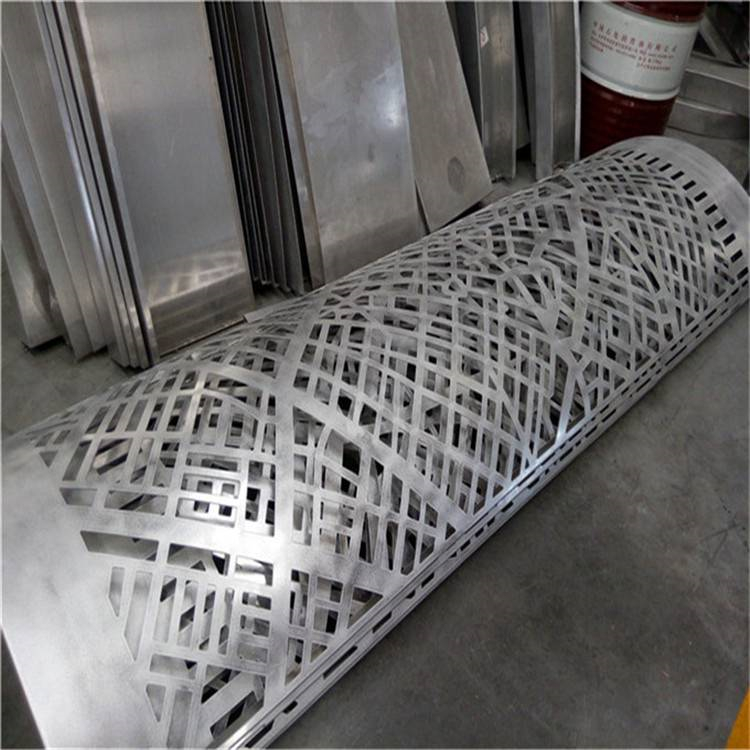
 Customer service QQ
Customer service QQ